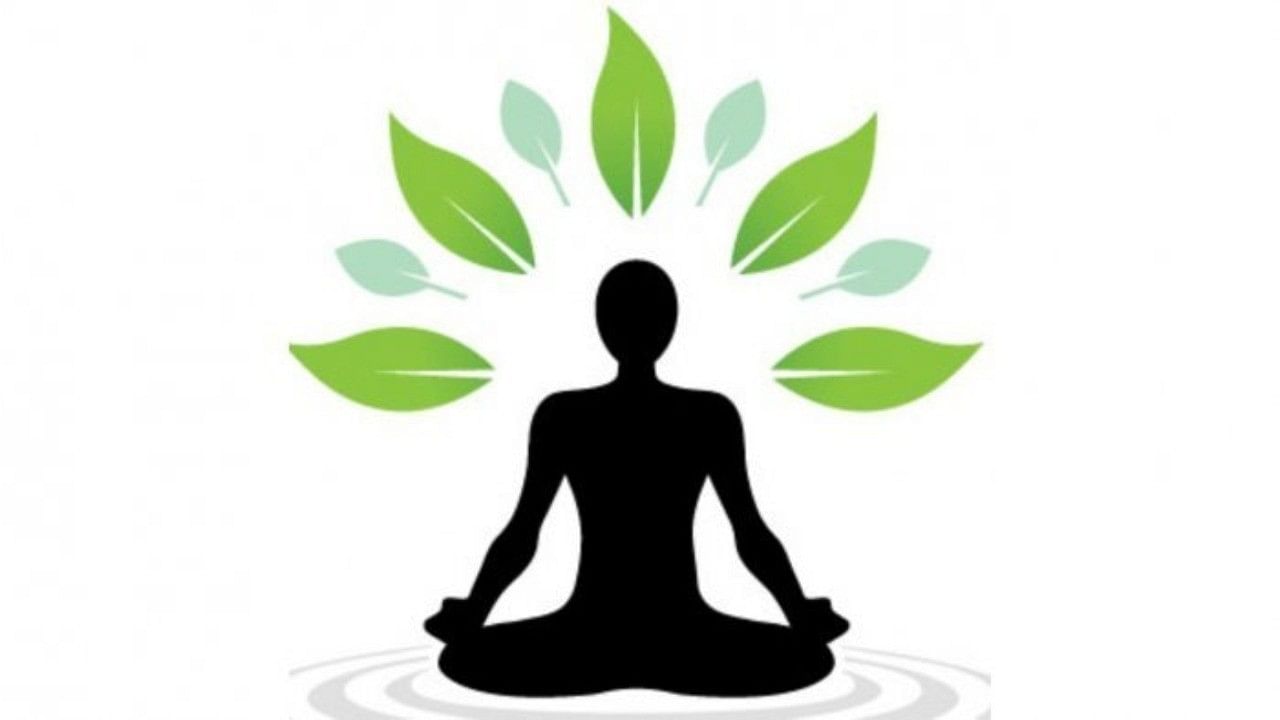
Oasis logo
Credit: DH illustration
Before concluding the fifth chapter, the Bhagavad Gita reiterates its oft-repeated point about the three enemies of mankind – desire, fear and anger. The Gita says the lure of the senses spares no one, even the learned and self-composed and therefore, no amount of vigil and care is enough to escape from its dragnet. Man is constantly bombarded with external stimuli in the form of sound, sense, touch, smell, etc. By themselves, these do not cause any trouble. Only when the mind engages with them by its very nature and runs after them does a desire arise. As revered Swami Chinmayananda says, it is like waves harmlessly lapping at your feet on the seashore.
Go further inside; the same waves could drown you. One desire fulfilled engenders a desire for more of the same. Then there is the fear of losing it. Anger rears its head if the desire is not fulfilled or as per expectations.
Thus, man is always enmeshed in the revolving wheel of this triumvirate. “You have to make conscious efforts to rein in your desires so that You are in control of your senses, not the other way round,” says the Gita.
The Gita does not discourage or prohibit man from aspiring for legitimate wants and enjoyments to lead a life of comfort, dignity and integrity. It posits that excessive desires or greed only hinder man’s life emotionally, affecting his physical health.
When these three enemies of desire(read greed), fear and anger are controlled, man’s mental agitation is also put to rest. He is more calm and composed. This mental composure enables him to think and act with clarity. An equipoised mind is fit for mental cogitation and meditation. The Gita speaks about two methods to engage the mind in this activity.
“Sit still and fix your eyesight pointed straight ahead, coinciding at a point between the centre of your eyebrows so that the eyes do not wander. Breathe slowly and steadily so that the inhalation and exhalation are in tandem. Regulating the breathing steadies the mind. More the mental turbulence, more the breathing imbalance”.
These two methods steady the mind and equip it for a meditative and collected flow. Finally, the Lord concludes by saying, “All your actions ultimately reach me, the lord, friend and protector of all. Understand this and attain to peace.”